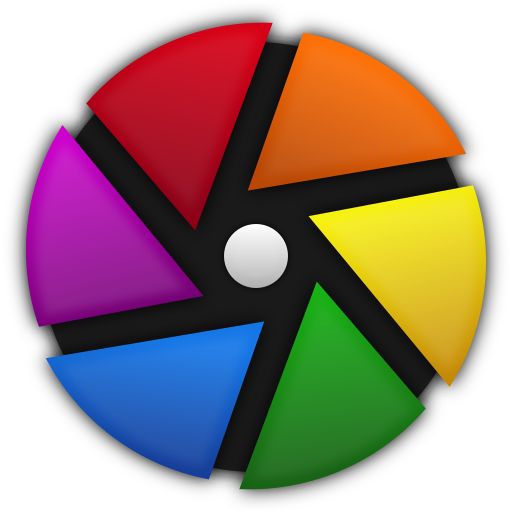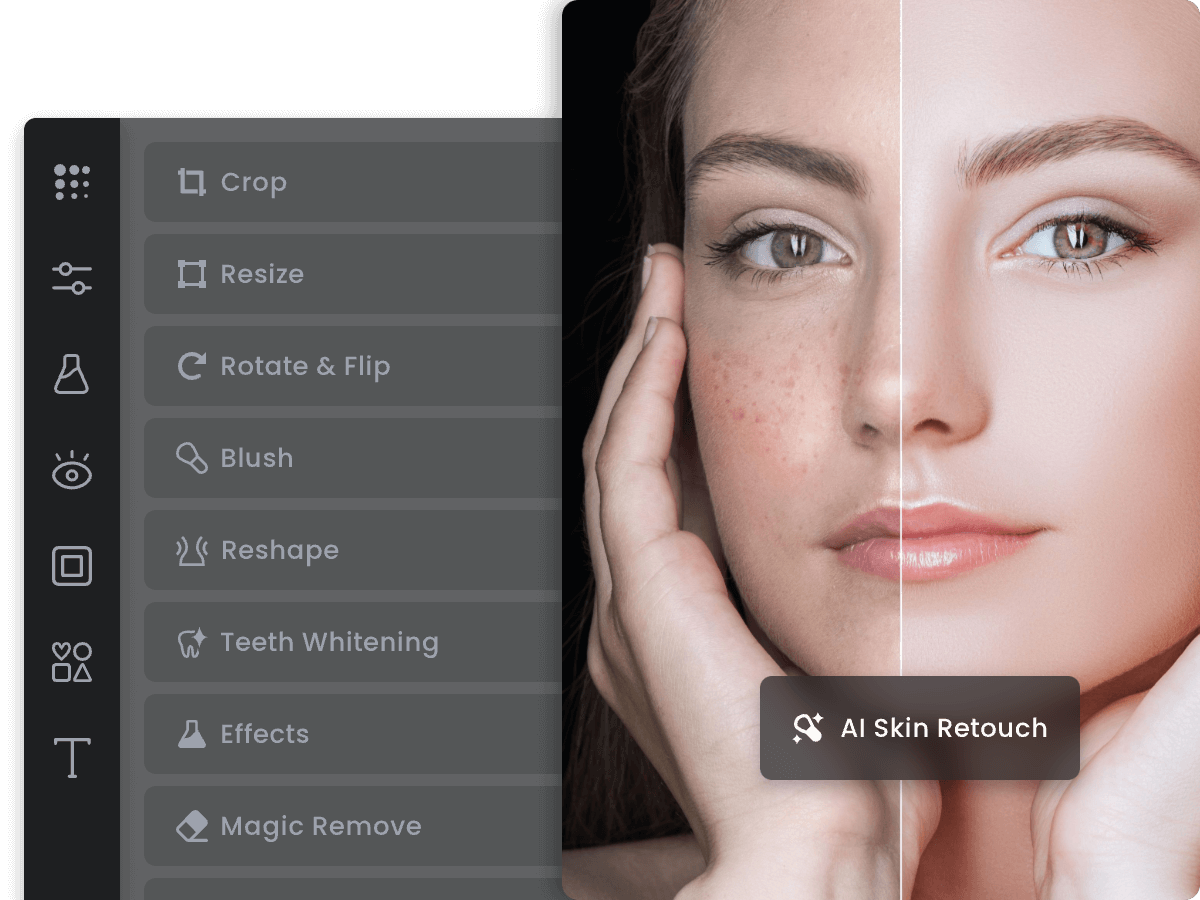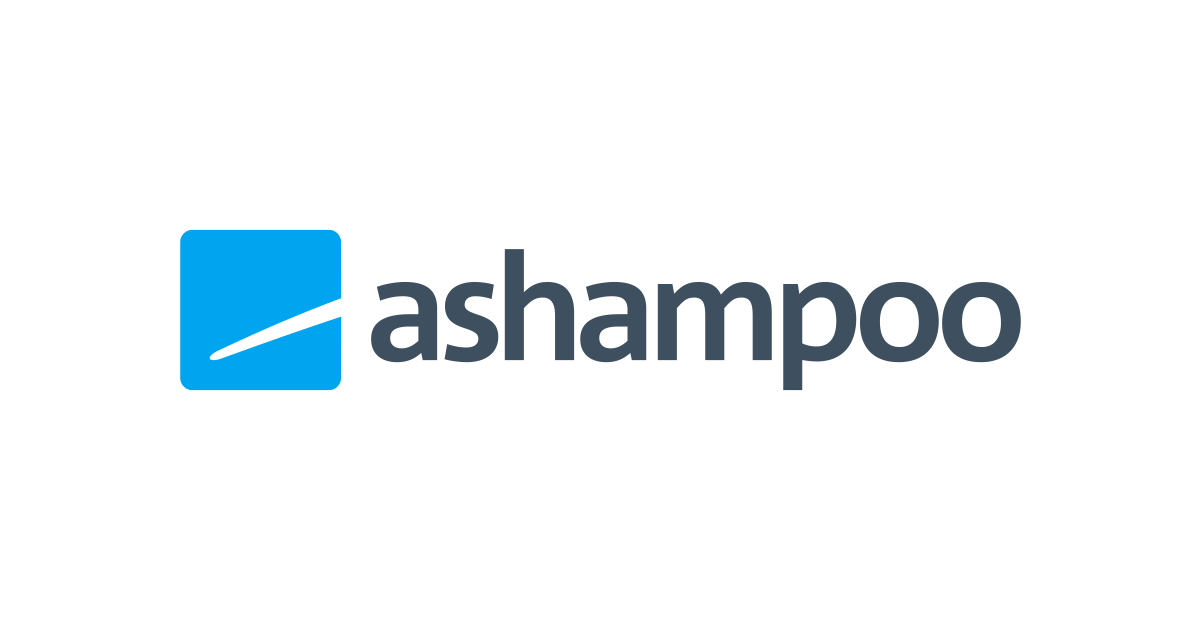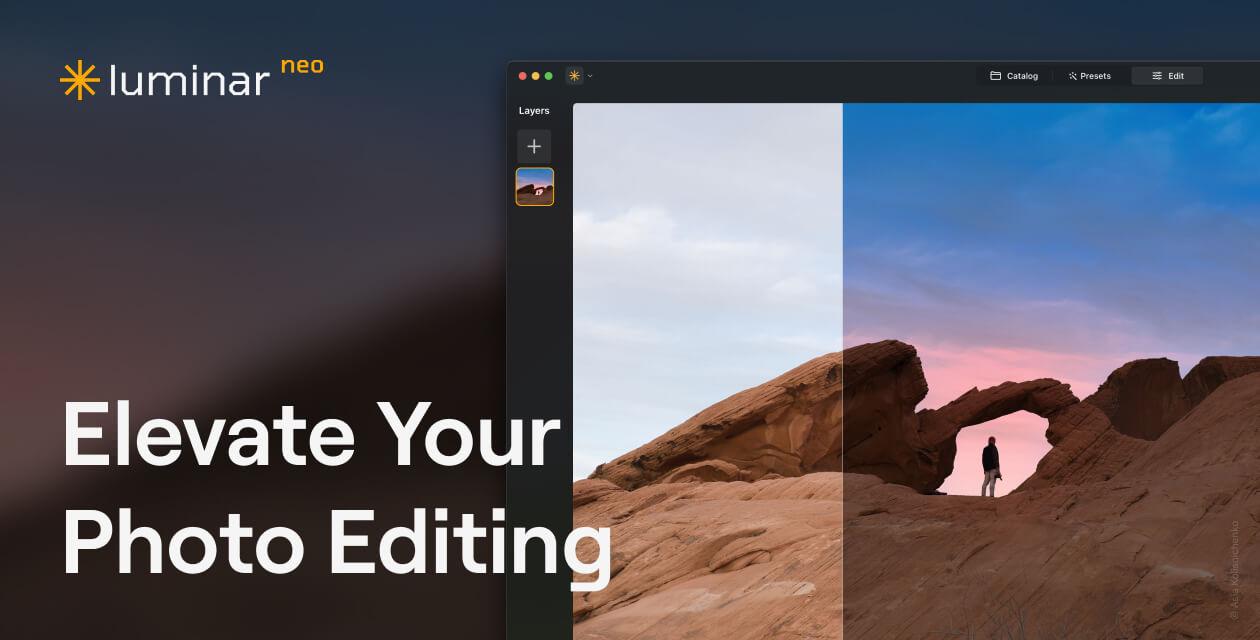Introduction
As digital cameras and smartphones make it easier than ever to take pictures, it has become increasingly important to have a reliable way to organize, edit and store your growing photo library. Photo management software provides powerful tools to sort, tag and edit photos while keeping them safely backed up in the cloud or on your computer. In this blog, we evaluate the top 15 photo management software based on key criteria to help you find the right solution for your needs.
Methods of Evaluation
To evaluate and rank the photo management software, we considered the following criteria: features and functionality, pricing and plans, user reviews and ratings, and digital presence factors like backlinks, traffic and keyword trends. Some of the key features assessed include organization tools, editing capabilities, cataloging options, speed and performance. We also looked at the pricing models and value offered by the free and paid versions of each software. Factors like number of user reviews, review scores on sites like Trustpilot and Capterra helped gauge customer satisfaction. Finally, we analyzed website and search analytics like backlinks, monthly traffic and Google Trends data to understand the relative popularity and market standing of each company.
1. Apple Photos
Apple Photos is the default photo management software for Apple devices like iPhone, iPad, and Mac. All photos taken on Apple devices are automatically saved and organized within the Apple Photos app/service. Apple Photos provides cloud storage and syncing of photos and videos across all Apple devices associated with a user’s Apple ID.
Pros: Key advantages of Apple Photos include:
– Integrated experience across iPhone, iPad, and Mac devices
– Face and object recognition makes finding specific photos easy
– Memories feature highlights photos and automatically creates videos and slideshows
– Built-in editing tools for basic adjustments and fixing photos
Cons: The main disadvantage is that Apple Photos is only available on Apple devices and cannot be used on non-Apple platforms like Windows or Android. Another potential downside is that advanced photo editing features are limited compared to dedicated photo editing software.
Pricing: Apple Photos is included for free with iPhone, iPad, and Mac devices. There is no additional cost to use Apple Photos beyond the initial device purchase. Unlimited iCloud storage for user uploaded photos is also included for free up to 5GB, with additional paid tiers for more storage.
Some key stats about Apple Photos include:
– Supports files up to 100GB in size
– Unlimited free storage for user-uploaded photos in their original quality
– Powerful search capability using face and object recognition
– Automatically creates ‘Memories’ highlight videos and slideshows from photos
2. Adobe Lightroom
Adobe Lightroom is a popular photo management and editing software developed by Adobe Systems. Lightroom offers both desktop and mobile apps for organizing, editing, and sharing large photo libraries.
Pros: Some key advantages of Adobe Lightroom include:
– Powerful editing tools for adjusting photos like exposure, contrast, highlights, shadows and more.
– Integrated cloud storage and syncing enables access to photos from any device.
– Ability to create and share presets and develop templates for consistency.
– Mobile apps for iOS and Android allow editing photos on the go.
Cons: A potential disadvantage of Adobe Lightroom is that it requires a paid subscription to access the full features and cloud storage benefits. The monthly or annual subscription model may not suit all budgets compared to one-time purchase software.
Pricing: Adobe Lightroom pricing plans include:
– Lightroom Classic CC $9.99/month or $119.88/year
– Lightroom CC $9.99/month or $119.88/year
– Lightroom & Photoshop $19.99/month or $239.88/year
Some key stats about Adobe Lightroom include:
– Over 500 million photos are edited in Lightroom each month.
– Lightroom is used by professional photographers as well as hobbyists and enthusiasts.
– Lightroom offers 1TB of cloud storage for photos and videos as part of its subscription plans.
3. Digikam
Digikam is an open source photo management software available for Windows, Linux and macOS. Developed by the KDE community, Digikam provides a customizable interface for organizing, tagging, editing and sharing photo collections.
Pros: Key advantages of using Digikam include:
– Open source and free to use with no restrictions
– Advanced functionality for organizing photo collections
– Robust set of tagging and metadata tools
– Full RAW image editing and development capabilities
– Customizable interface and workflows
Cons: One potential disadvantage of Digikam is that as an open source project, it may lag commercial options in terms of ongoing support and new feature development. But the tradeoff is a very capable app that is free to use.
Pricing: Digikam is completely free and open source. There are no purchase or subscription fees to use the software.
Some key stats about Digikam include:
– Used by over 7 million users worldwide
– Supports over 200 file formats including RAW files
– Includes powerful search and filtering tools
– Regular feature and performance updates
4. GIMP
GIMP (GNU Image Manipulation Program) is a free and open-source raster graphics editor. It can be used for image retouching and editing, free-form drawing, converting between different image formats, and more. GIMP has been widely used as a free Photoshop alternative for Linux, Windows and macOS since 1996.
Pros: Some key advantages of using GIMP include:
– It’s completely free to download and use
– Highly customizable and configurable interface
– Wide variety of editing tools for selection, transformations, colors and more
– Scripting support allows advanced customization
Cons: One potential disadvantage is that GIMP has a relatively steep learning curve compared to paid alternatives like Photoshop. Some tools and features may be less intuitive for beginners.
Pricing: GIMP is completely free and open-source software. There are no restrictions or costs to download, use or distribute the software.
Some key stats about GIMP include:
– Used by millions of users worldwide
– Supports over 35 file formats including PNG, JPEG, GIF and more
– Features layers, masks, paths, channel operations and more
GIMPGIMP – The GNU Image Manipulation Program: The Free and Open Source Image Editorgimp.org
5. Corel AfterShot Pro
Corel AfterShot Pro is a powerful yet easy-to-use photo management and editing software developed by Corel. It allows photographers to browse, organize, enhance and share digital photos.
Pros: Some key advantages of Corel AfterShot Pro include:
– Non-destructive editing that doesn’t alter original files
– Powerful RAW processing capabilities
– Fast performance for processing large photo libraries
– Layouts feature to arrange photos in contact sheets and for basic image editing
Cons: One potential disadvantage is that it lacks some advanced editing tools found in higher-end photo editors. However, for basic photo management and light editing, it is very full-featured.
Pricing: Corel AfterShot Pro is priced at $79.99 for a standard 1-user license. However, academic and volume discounts are available. A free 30-day trial is also available to test out all features.
Some key stats about Corel AfterShot Pro include:
– Used by over 500,000 photographers worldwide
– Supports over 400 RAW file formats out of the box
– Lightweight application with fast performance
– Organize photos into albums, dates, folders and more
6. Serif PhotoPlus
Serif PhotoPlus is a photo organization and editing software developed by Serif for Windows and macOS. With over 25 years of development, PhotoPlus aims to provide both professionals and casual users powerful yet approachable tools for managing, editing, and sharing their photo library.
Pros: Some key advantages of Serif PhotoPlus include:
– Intuitive layer-based editing for advanced adjustments
– Guided edit features for quick one-click optimizations
– Support for RAW files from DSLR and mirrorless cameras
– Full range of adjustment tools for editing exposures, colors, and more
Cons: One potential disadvantage is that it is not as full-featured as some professional photo editing software like Adobe Photoshop, which may be better suited for advanced photo manipulation and retouching work.
Pricing: Serif PhotoPlus retail pricing starts at $79.99 for the Standard edition and $99.99 for the Premium edition. Educational and volume licenses are also available for businesses and institutions.
Some key stats about Serif PhotoPlus include:
– Organizes over 1 million images
– Support for over 200 file formats including RAW
– Advanced editing tools like layers, masks, and adjustments
– Auto analysis features for easy bulk edits
– Cloud backup and sync with online storage services
7. Fotor Photo Editor
Fotor Photo Editor is a free online photo editor provided by Fotor.com. Fotor aims to make photo editing easy for anyone with its simple and intuitive interface. With Fotor, users can edit, enhance, and retouch their photos directly from any web browser.
Pros: Some key advantages of Fotor Photo Editor include:
– Easy to use interface with no learning curve
– Wide range of editing tools and filters available
– Ability to create photo collages, add text, and draw on photos
– Free to use with no watermarks or limits on exports
Cons: A key disadvantage of Fotor Photo Editor is that it only supports non-destructive photo editing online. Any edits made cannot be saved locally and advanced retouching features are limited compared to desktop photo editors.
Pricing: Fotor Photo Editor is completely free to use with no limitations. There are no monthly or annual subscription plans. However, Fotor does offer a FotorPlus subscription for $4.99/month which unlocks additional templates, overlays, and advanced photo editing tools.
Some key stats and facts about Fotor Photo Editor include:
– Over 300 million users globally
– Available as both a desktop and mobile web app
– Supports over 300 raw photo formats out of the box
– Integrates directly with Google Drive, Facebook, and Dropbox for easy photo uploading and sharing
8. XnViewMP
XnViewMP is a free and open source image viewer, organizer and converter developed by XnSoft. It has been around since 1996 and is one of the most popular free image viewers available.
Pros: Some key advantages of XnViewMP include:
– It is completely free and open source
– Has a very simple and intuitive interface
– Allows for batch processing and editing of multiple images at once
– Contains robust meta data viewing and editing capabilities
Cons: One potential disadvantage is that the free version does not allow for RAW image editing. The paid version is required for advanced RAW support.
Pricing: XnViewMP is completely free to use with no limitations. There is also a premium version called XnView Classic which provides advanced RAW editing support and costs $39 for a perpetual license.
Some key stats about XnViewMP include:
– Over 10 million downloads to date
– Supports over 500 image formats
– Available for Windows, Linux and Mac
– Actively maintained with frequent updates
9. PicMonkey
PicMonkey is a leading photo editing and graphic design software. It provides a cloud-based photo editing experience that allows users to quickly and easily edit photos from any device with a web browser. With PicMonkey, users have access to a wide range of editing tools, pre-made graphics and templates to simplify the design process.
Pros: Some key advantages of PicMonkey include:
– Web-based editing allows access from any device with an internet browser
– Guided photo edits help users learn editing techniques through tutorials
– Various text and shape tools for basic graphic design work
– Easy social media graphics and cover photo creation
– Large library of templates, graphics and stock images/videos
Cons: A potential disadvantage is that as a web-based tool, PicMonkey lacks some advanced photo editing features found in desktop applications. It is best suited for basic photo touch-ups and social media graphics rather than professional photo retouching work.
Pricing: PicMonkey offers three pricing tiers:
– Free plan with watermarks and limited storage
– $9.99/month ‘Pro’ plan removing watermarks and doubling storage
– $13.99/month ‘Team’ plan for collaborative work and additional branding tools
Some key stats about PicMonkey include:
– Over 45 million users worldwide
– Available as a web app with no software to download
– Offers 1GB of free cloud storage for photos
– Integrations with Dropbox, Google Drive and Facebook
10. Ashampoo Photo Optimizer
Ashampoo Photo Optimizer is a photo management and optimization software developed by Ashampoo. It allows users to easily organize, enhance, edit and optimize large photo libraries. Some key features include batch photo optimization, resizing, compressing photos, metadata tools and face recognition.
Pros: Some key advantages of Ashampoo Photo Optimizer include:
– Saves storage space by compressing photo files without loss of quality
– Saves time with features like bulk editing, auto enhancement and tagging
– Allows easy organization of photo libraries through metadata tools and tagging
– Has both basic and advanced editing sliders for precise adjustments
Cons: One potential disadvantage is that the face recognition may not always identify faces accurately depending on photo quality and visibility.
Pricing: Ashampoo Photo Optimizer is priced at $29.99 for a lifetime license for one PC/Mac. Discounts are occasionally offered on their website.
Some key stats about Ashampoo Photo Optimizer include:
– Supports most photo formats including JPG, PNG, TIFF, RAW
– Can optimize thousands of photos in bulk with one click
– Recognizes faces in photos and allows for easy tagging
– Offers AI enhanced auto enhancement for quick edits
11. Skylum Luminar AI
Skylum Luminar AI is a popular photo management and editing software developed by Skylum. With its powerful AI-powered tools and context-aware editing features, Luminar AI aims to simplify the photo editing process. Users can enhance, organize and share their photos easily using Luminar AI on Mac and Windows devices.
Pros: Some key advantages of Luminar AI include:
– Powerful AI photo editing capabilities that simplify enhancement workflows.
– Context-aware tools that understand the scene and apply appropriate adjustments.
– Automated photo enhancements through tools like AI Sky Enhancer and Accent AI.
– Unlimited cloud storage through Luminar Cloud service for organizing and accessing photos.
Cons: A potential disadvantage of Luminar AI is that it is not as full-featured as paid professional photo editing software like Photoshop. Some advanced editing tools and features may be missing compared to professional alternatives.
Pricing: Luminar AI is offered in a few pricing tiers – a free perpetual license, $79 for a standard perpetual license, and $89 per year for an annual subscription that includes new features and updates. Educational and bundle pricing options are also available on their website.
Some key stats and facts about Luminar AI include:
– Uses patented AI technology to automatically enhance photos with just one click.
– Offers unlimited cloud storage for photos through its Luminar Cloud service.
– Has over 25 professional-level editing tools and filters.
– Supported on Mac and Windows devices.
12. ACDSee
ACDSee is a leading photo management software developed by ACD Systems. In business for over 25 years, ACDSee offers powerful and easy-to-use tools for organizing, editing, and sharing digital photos and videos. With support for over 500 file formats, ACDSee gives photographers a versatile software to manage their digital assets.
Pros: Some key advantages of ACDSee include:
– Powerful batch editing tools to speed up editing workflow
– Wide variety of file format support directly in the software
– Flexible metadata management to organize photos by EXIF data
– Expandable through additional plug-ins to add new functionality
Cons: A potential disadvantage is that the professional version of ACDSee is a one-time purchase rather than a recurring subscription.
Pricing: ACDSee photo software pricing includes:
– ACDSee Free: Basic functionality, watermarked exports
– ACDSee Photo Studio Standard: $99 one-time purchase
– ACDSee Photo Studio Pro: $179 one-time purchase for additional pro tools
Some key stats and facts about ACDSee include:
– Used by over 80 million users worldwide
– Supports over 500 file formats including RAW, JPEG, TIFF, PNG and more
– Integrated metadata management to easily organize photos
– Batch editing capabilities to quickly edit multiple photos at once
– Regular updates and new features added based on user feedback
13. Pixelmator Pro
Pixelmator Pro is a professional and cross-platform image editing software developed by Pixelmator Team. Available only on macOS, Pixelmator Pro provides professional image editing tools that anyone can use. With non-destructive and plugin-based editing, Pixelmator Pro has all the tools you need to enhance, repair, and composite images.
Pros: Some key advantages of Pixelmator Pro include:
– Clean and intuitive interface optimized for macOS
– Powerful yet easy-to-use selection, masking and editing tools
– Blazing fast speeds and Mac-native performance
– Affordable one-time payment with regular updates and new features
Cons: One potential disadvantage is that Pixelmator Pro is only available on macOS and not Windows or mobile platforms.
Pricing: Pixelmator Pro is available at the affordable one-time payment of $59.99.
Some key stats about Pixelmator Pro include:
– Used by over 1 million users worldwide
– Supports PSD, TIFF, JPEG, PNG and other major image formats
– Features over 100 pro-level AI-powered tools and effects
– Optimized for Apple Silicon and Intel chips for maximum performance
Pixelmator ProProfessional image editing tools that anyone can use.pixelmator.com![]()
14. Darktable
Darktable is an open source photography workflow application and raw developer. It is a virtual lighttable and darkroom for photographers. Darktable provides professional quality digital darkroom features through a non-destructive pixel-based workflow.
Pros: Some key advantages of Darktable include:
– It is completely free and open source software
– Provides very powerful and advanced raw image processing capabilities
– Uses a modular and non-destructive editing workflow
– Includes many different editing modules to enhance images
– Has a Lua scripting interface allowing for new plugins to be created
Cons: A potential disadvantage is that it does not have the same level of brand recognition or marketing as paid commercial alternatives like Lightroom. It also may not have as polished of a user interface for some users compared to paid options.
Pricing: Darktable is completely free to download and use with no licensing fees or costs. Users can choose to donate to the developers but it is not required to obtain or use the software.
Some key facts about Darktable include:
– Used by over 2 million photographers globally
– Available for MacOS, Windows, and Linux
– Developed by a team of over 30 volunteers
– Actively maintained with new versions released every few months
darktabledarktable is an open source photography workflow application and raw developerdarktable.org
15. Extensis Portfolio
Extensis Portfolio is a photo asset management software developed by Extensis, a digital asset management vendor. Extensis Portfolio allows photographers, creative teams, and marketing departments to organize, search, and share large photo libraries.
Pros: Some key advantages of Extensis Portfolio include:
– Photo asset management: Organize photos into folders, add metadata like keywords, ratings and captions.
– Advanced metadata controls: Add custom metadata fields and precise metadata controls.
– Web galleries and stock integration: Share photos via web galleries and integrate with stock photography sites.
– Team collaboration: Multiple users can access the same photo libraries simultaneously and comment/review photos.
Cons: The main disadvantage is the pricing, as Extensis Portfolio is aimed at professionals and larger teams so licensing costs can be high for some smaller businesses or individuals.
Pricing: Extensis Portfolio pricing starts at $35 per user per month for the Basic plan up to $69 per user per month for the Unlimited plan. Discounted rates are available for annual subscriptions and educational/non-profit users.
Some key stats about Extensis Portfolio include:
– Supports photo libraries with millions of assets
– Advanced facial recognition and object detection capabilities
– Integrates with Adobe Creative Cloud, Dropbox, and other apps
– Allows drag-and-drop uploads of photos from all major camera brands
– Over 25,000 customers globally including National Geographic
Conclusion
While every photographer’s needs are different, we hope this evaluation of the top 15 photo management software gives you a good starting point to find the right solution. Consider factors like your catalog size, editing requirements, budget and preferences around desktop vs cloud access when choosing. Most options offer free trials so you can test drive the features before committing. With the right software to organize, edit and enjoy your treasured memories and photos, you’ll be well equipped for all your future photo adventures.















